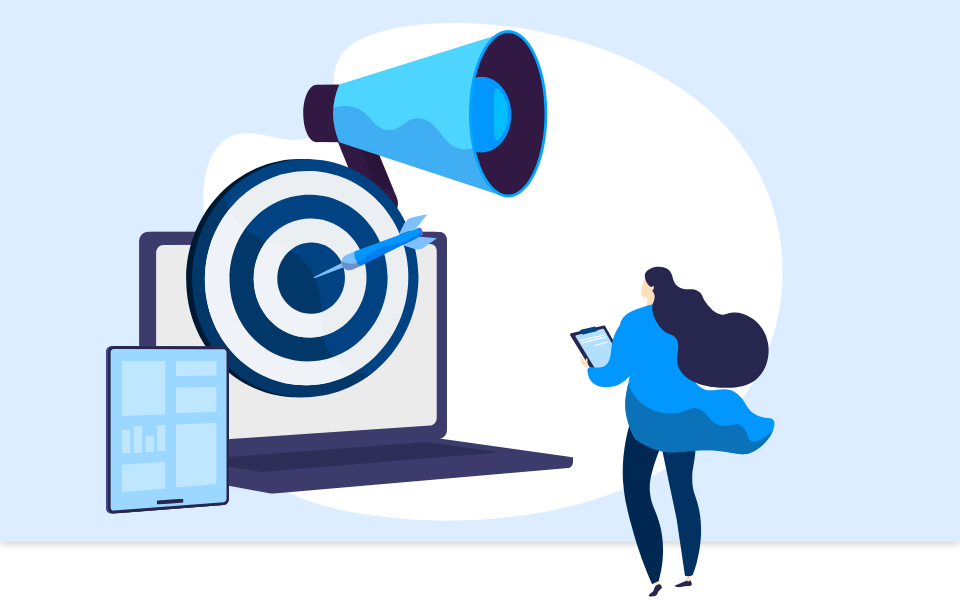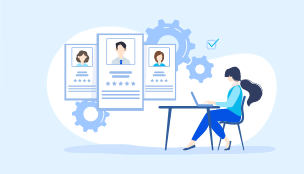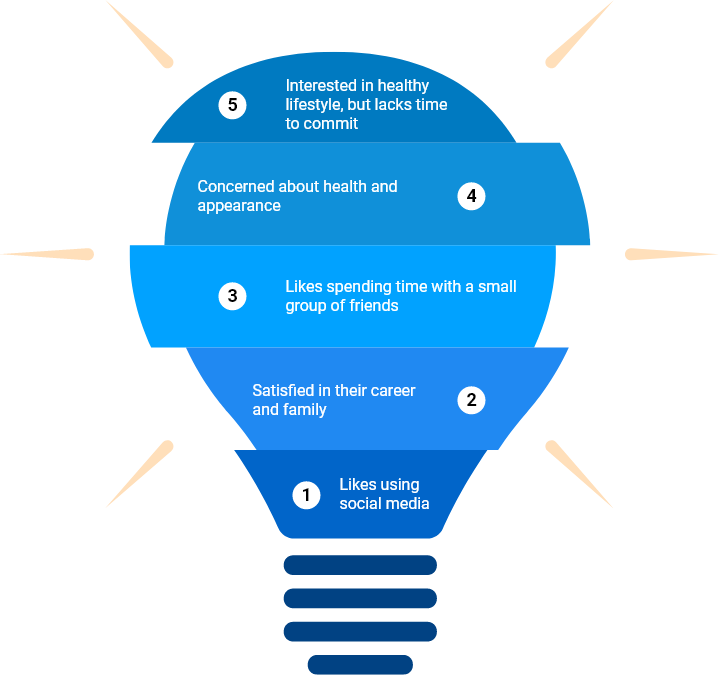Subscribe to Our Newsletter
Stay updated with the latest tips and strategies. Get additional discounts and alerts on offers.

The first step for a company’s success is to understand or identify its target market and those who are likely to purchase its services or products. Identifying the right market for your company according to your requirements and needs should be your top-most priority.
Without a clearly defined target audience, there is a higher chance of you risking your money investing in marketing campaigns and targeting the wrong people. This may lead your valuable efforts in vain.
Every niche in the current days is competitive, and you ought to figure out the obstacles that your target audiences are coming across.
A target market is the specific group of consumers that a company would want to sell its product or service. In brief, these sets of people are of the same needs and desires that a company would like to serve. Identifying the target market is the very first step in developing a business plan. It is a fundamental component in preparing a marketing strategy. Without the right target market for a business, a company would fail in its efforts to achieve success.

One of the main reasons for your success in business is your target market. Recognizing and understanding your target market makes you concentrate on necessary aspects of your business:
Try including all audience’s data that you have. Begin with larger groups that you believe may be interested in your brand. Slowly start getting more specific about the criteria of your buyer’s characteristics. Narrow down your audience with particular specifications.
You can use and implement a few simple and general segmentation types to get started with:
Mass elimination helps here. Use these broad groups to wipe out people that aren’t in your target market.
Study your competitors. Understanding your competitors’ moves, the status of actions, and how they implement strategic plays can benefit you. Hence, make the most of the information you can obtain from your competitors.
The most effective way to pick your target audience for your business is to interact with your customers. Speak to them. Check if your estimations and assumptions are right. Carry out one-on-one interviews, and use focus groups to examine your assumptions. Focus groups and interviews can give you more details about the potential customers for your business.
Show your focus groups different products, services, or marketing campaigns that your company is planning to use. Check how receptive they are to what you’re exhibiting to them.
Make sure you comprehend as much information as possible about the individuals in your focus groups.
The more people you can interact with, the more accurate your information will be, making it easier for you to identify your target market.
Create customer personas to know more about your audience’s buying behavior. A buyer persona will help you market to this particular audience. It helps in drafting apt content and design accordingly that works the best for this set of consumers. Make sure you make the persona specific to your company. Be mindful that all your customers are not shopping from you for the same reason.
The purpose of creating a customer persona is to understand the psychological and behavioral shopping approaches of customers within your target market.


The best option to expand your target market is to dig into the existing client database. Among your existing consumers, who are likely to bring in more business for you? These profiles can make a promising target market for your new versions or updates that you might have.
Have a keen eye for your requirements and check the market’s demographic data, consider demographic factors:
Psychographics include factors like your customers’ hobbies, interests, spending habits and values. It explains “why” a potential lead would buy your product. With the help of demographics and psychographics, you can find your target market more effectively.
A psychographic profile might include:

Psychographics adds up to demographic data and provides additional information that will help you ease your process of finding your target market with more insights. Psychographics reveals more qualitative information about an individual, like factors that are dependent upon the individual’s own perceptions and attitude.
This helps in unfolding the clues for you of the individual’s buying patterns and behaviors. Thus, we can say psychographics allows you to leverage important conversions even if they’re personality-dependent.
Identifying your target market is a long process. Considering all the pointers mentioned above, get ready to make the changes to enhance your process of identifying target markets.
Show Some Love!

Subscribe to Our Newsletter
Stay updated with the latest tips and strategies. Get additional discounts and alerts on offers.
Related Articles
Subscribe to Newsletter
Stay up to date with the latest marketing, sales, and service tips and news.
